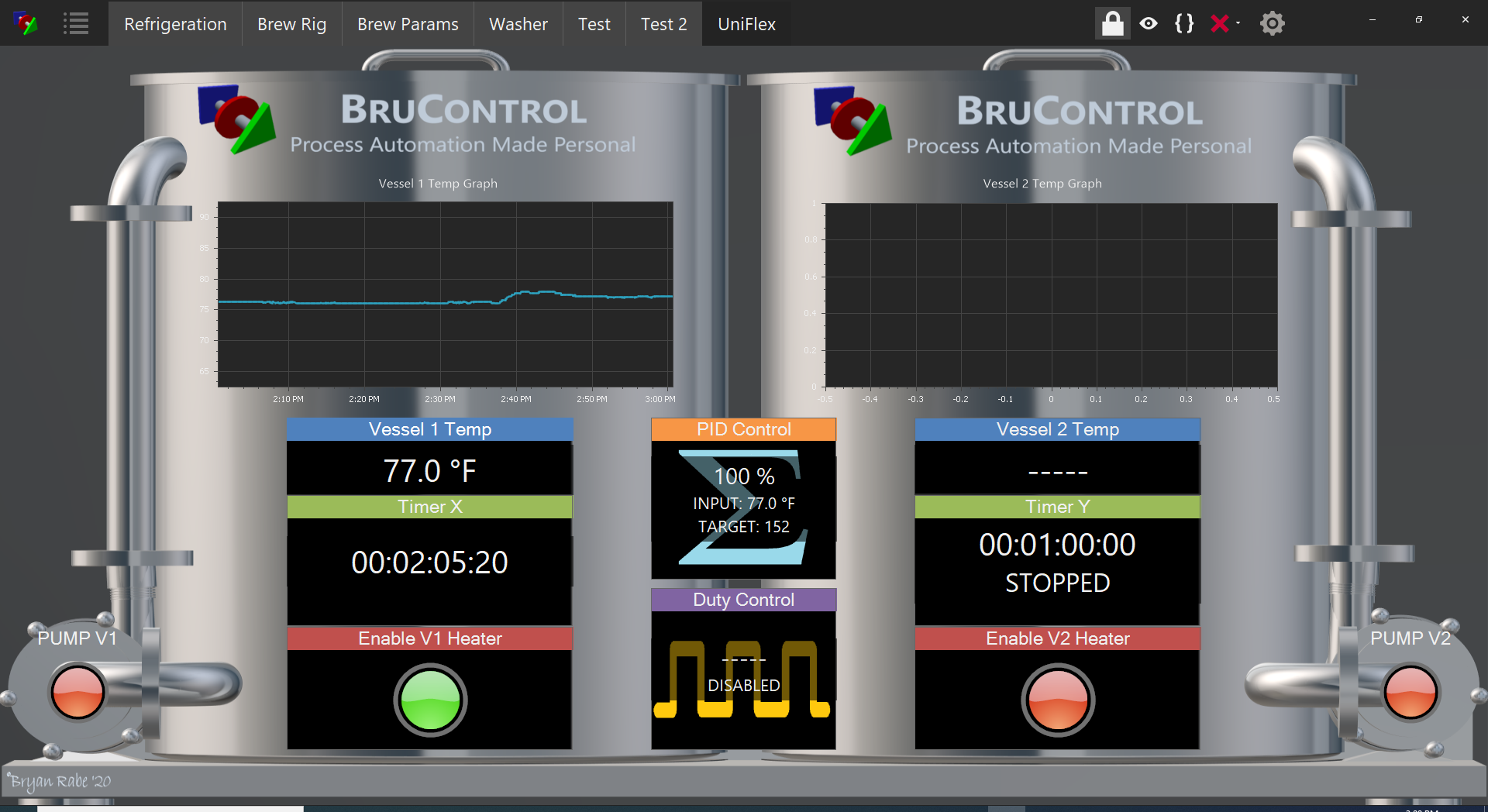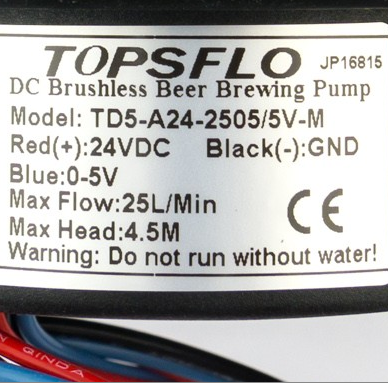Right now building a controller is very DIY and requires some integration know-how. I want to make it easier, so my apologies more isn't on the site yet. I will be working on more complete schematics along with Bill of Materials for those builds as guidelines.
That said, I would recommend an Arduino MEGA2560, a screw shield to go with it (I like one like this (serial connection only):
http://a.co/jaE5OsT but you can also get it without the DIN mount), a 12V power supply, SSRs (as many as needed to run your elements), a 12V relay board (like this one:
http://a.co/270vJ0h). Temperature probes are up to you... 1-wire is easiest and only require direct connection and one resistor, thermistors are also easy but require some supporting components, and RTD are the most accurate but require some supporting amplifier boards.






